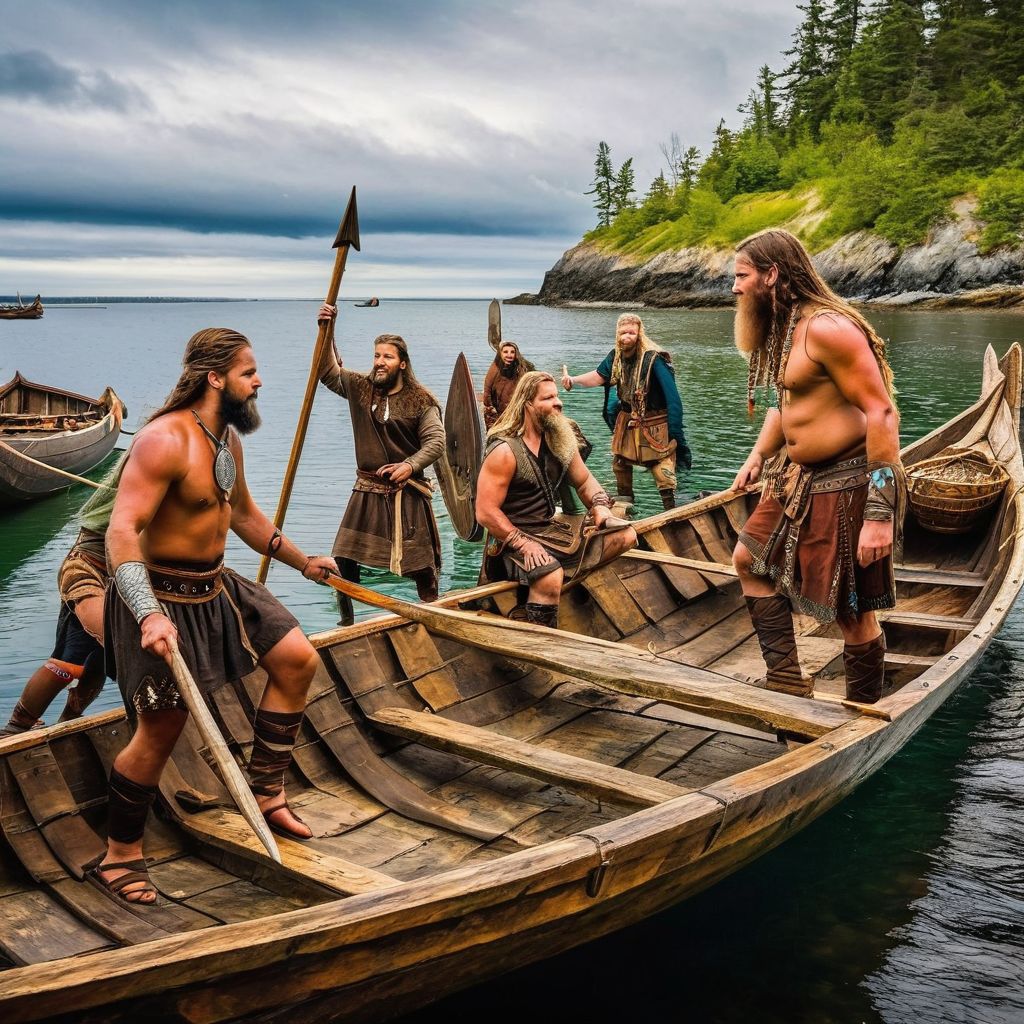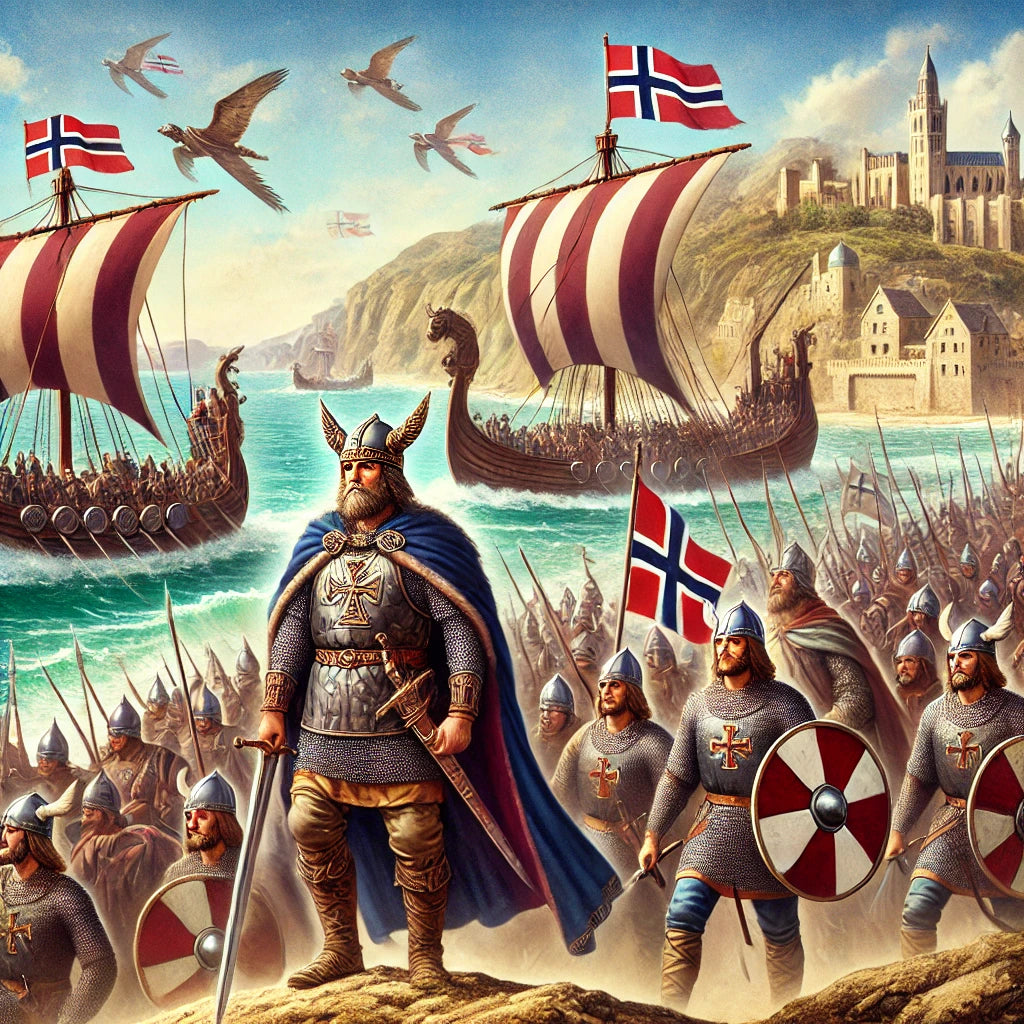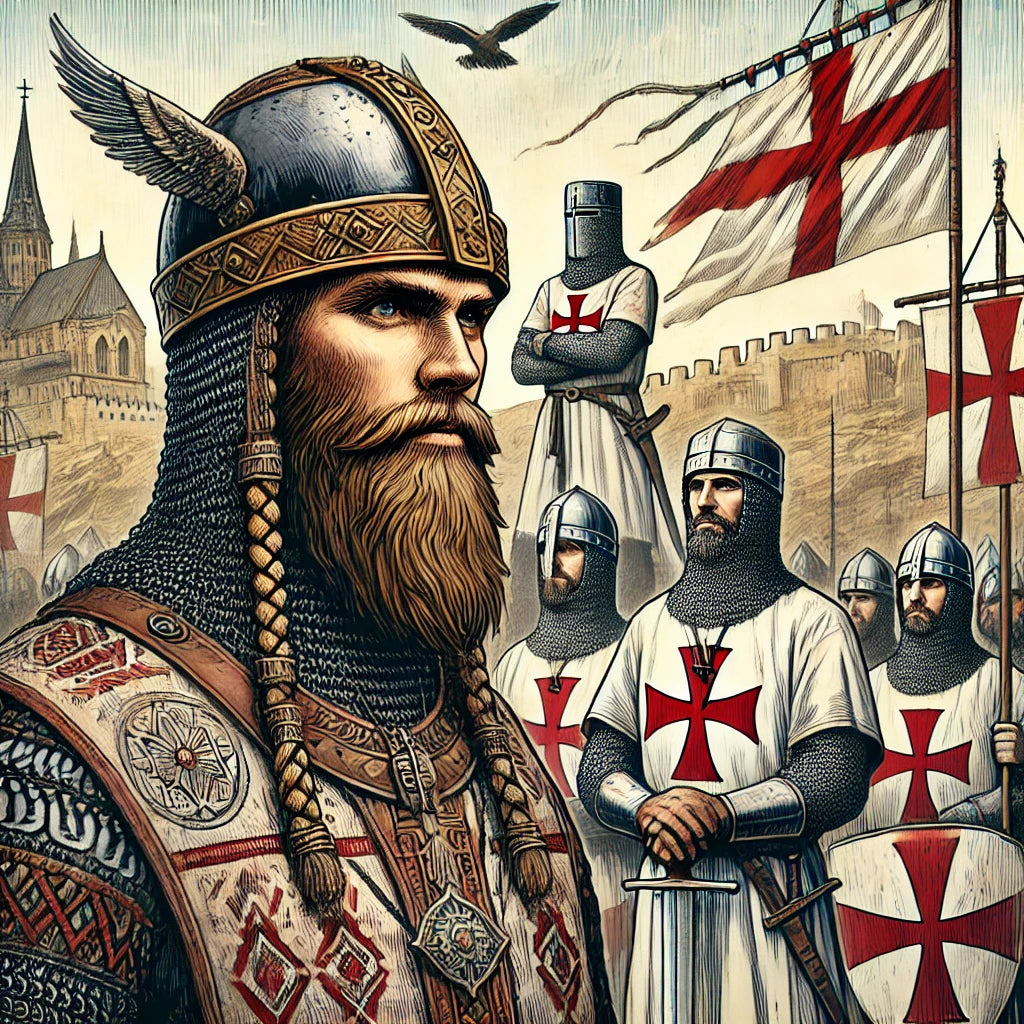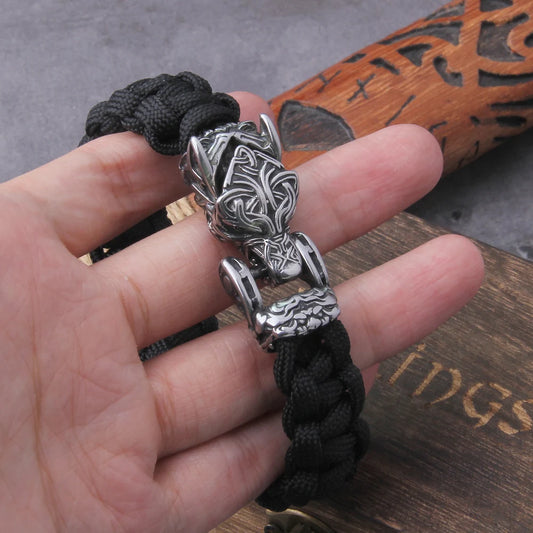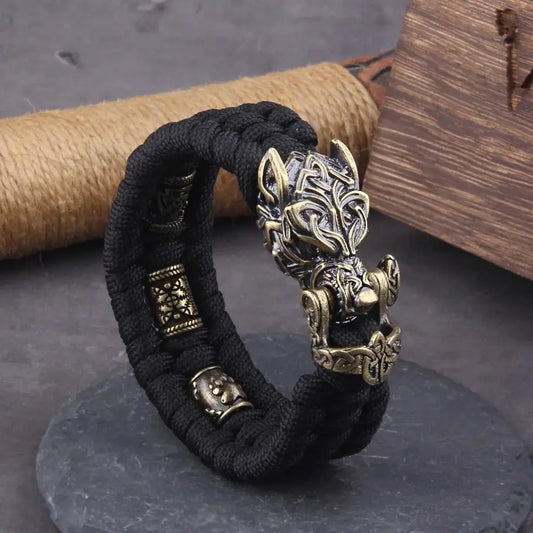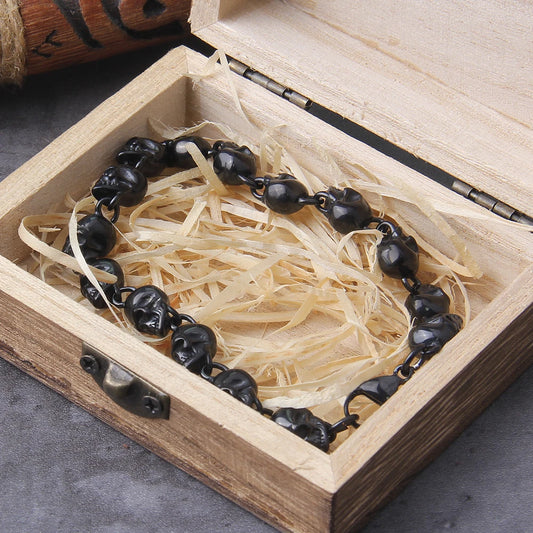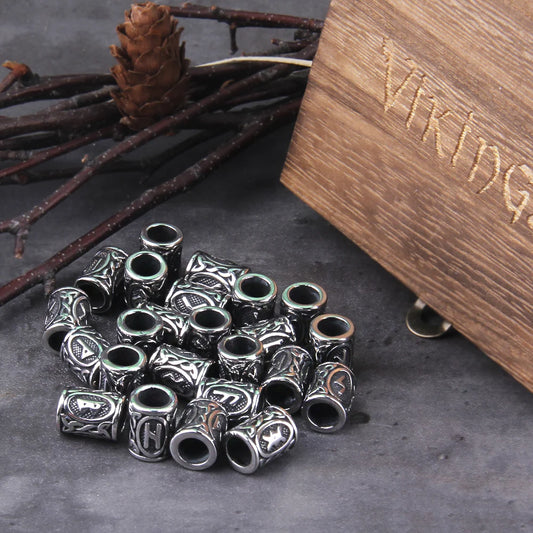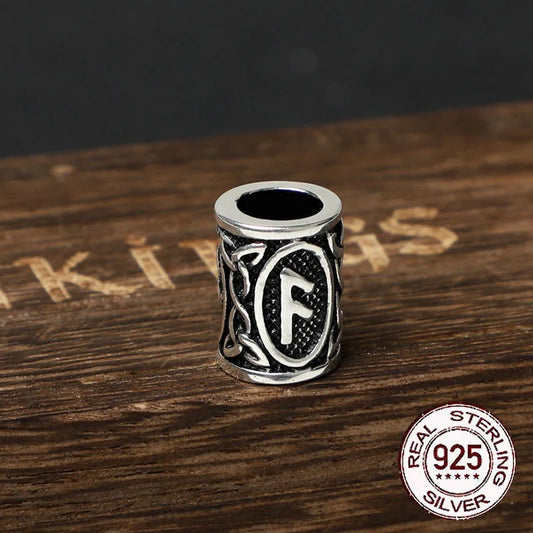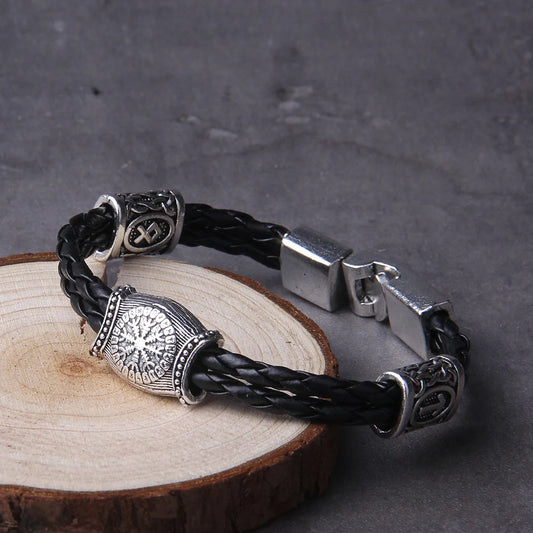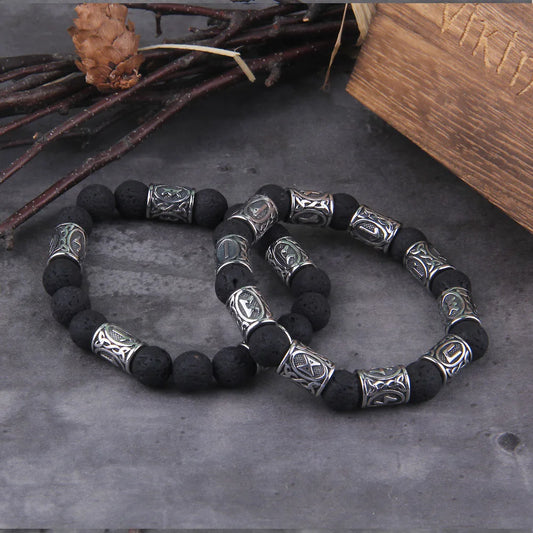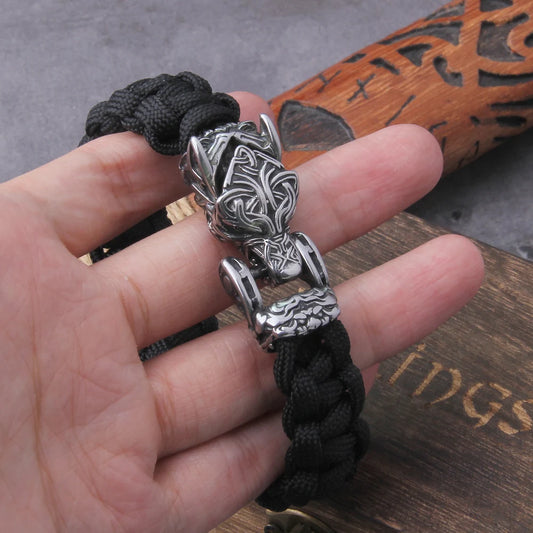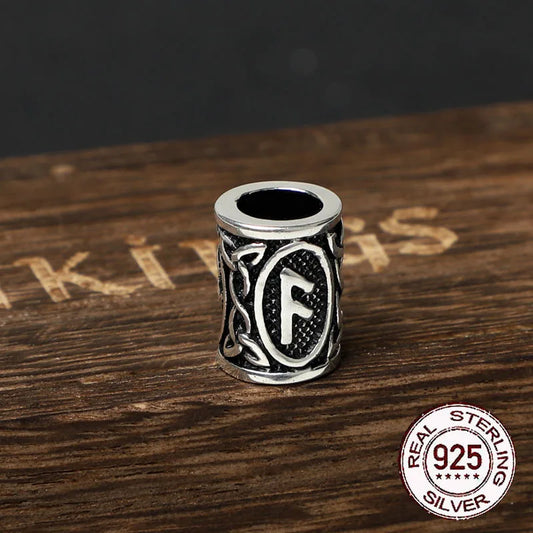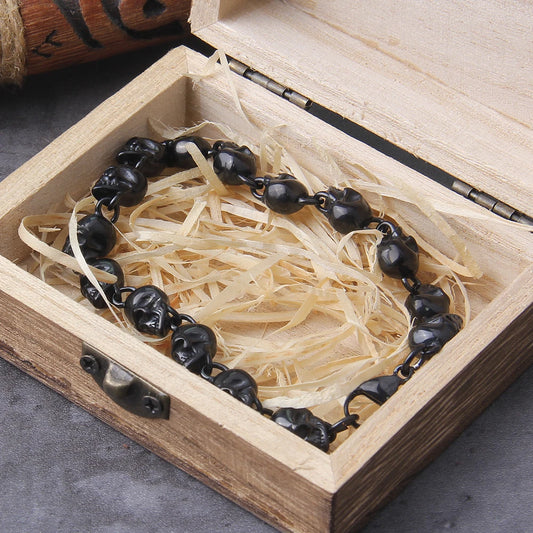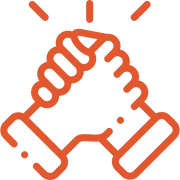Leif Erikson (Norse: Leifr Eiríksson; Icelandic: Leifur Eiríksson), born around 970 in Eiríksstaðir in Iceland and died around 1020 probably in Greenland, was an Icelandic explorer. He is one of the best known figures of the Viking expansion.
He is believed to be the first European to have discovered the North American continent. Leif is the son of Erik the Red, the founder of the first North American Viking settlement in Greenland.
The Icelandic sagas, and more specifically the Vinland sagas, tell of his discovery of lands beyond Greenland, commonly identified with the northeastern coasts of North America, around Labrador and Newfoundland.
He established a northern settlement at Vinland, identified by archaeological finds as probably L'Anse aux Meadows, and probably explored the areas around the Gulf of St. Lawrence.
Leif Erikson Childhood and family
Leif Erikson, sometimes spelled Ericson (anglicized form) or Eiríksson (original form), is one of three sons of Erik the Red and Thjóðhild. He is also the grandson of Thorvald Ásvaldsson. He is also related to Naddoddr, a Norwegian Viking who was one of the first settlers of the Faroe Islands and one of the first to discover Iceland.
Leif Erikson's year of birth is most often placed around 970 or 980. Although his birthplace is not mentioned in the sagas, it is likely that he was born in Iceland where his parents met, probably somewhere on the coast of Breiðafjörður, and possibly at the Haukadal farm where Thjóðhild's family resides.
Nevertheless, it is accepted that Eiríksstaðir where Erik the Red resides is more likely the birthplace of Leif Erikson. Leif has two brothers, Thorsteinn and Thorvald, and a half-sister, Freydis. Another half-sister, Thurid, is sometimes mentioned.
The first of these is the one who was born on the first day of the war, and the second is the one who was born on the second day of the war, and the third is the one who was born on the third day of the war.
When Erik himself was banished from Iceland, he travelled further west to a region he called Greenland where he established a first permanent settlement in 9864. The first of these was the one who, in the early days of his reign, was the only one who had the power to make a decision about the future of his country.
Discovery of Vinland
Leif's first journey took him to the Hebrides and then to Norway around the year 1000, to the court of the Norwegian king Olaf Tryggvason, who convinced him to convert to Christianity and to take a priest to Greenland to introduce the religion to that region.
This deeply displeases his father, a pagan who had succeeded in establishing his domination over the colonies. The Saga of Erik the Red and the Saga of the Greenlanders, both written around 1200, contain different accounts of the voyages to Vinland.
The only two strictly historical mentions of Vinland are in Adam of Bremen's Gesta Hammaburgensis ecclesiae pontificum (c. 1075) and Ari Þorgilsson's Book of the Icelanders (c. 1122).
According to Erik the Red's Saga, the Vinlanders' Saga is a book that contains two different accounts of Vinland's voyages. According to the Saga of Erik the Red, Leif first saw Vinland after being diverted from his route back to Greenland.
According to the literal interpretation of linguist Einar Haugen's translation of the two sagas in his book Journeys to Vinland, Leif was not the first European to "discover" the New World: he heard the story of a merchant, Bjarni Herjólfsson, who claimed to have seen land west of Greenland around 986.
However, Bjarni Herjólfsson never set foot there. Leif would therefore have found "self-seeded wheat fields and vines". He then rescued two men shipwrecked on these lands and allowed them to return to Greenland.
Therefore, if Bjarni Herjólfsson is the first European to see America beyond Greenland, the two unnamed shipwrecked men are the first known Europeans to have gone there.
Leif is said to have approached Bjarni Herjólfsson, buying his ship and assembling a crew of thirty-five men to mount an expedition to the land Bjarni had described. His father, Erik the Red
The first thing that Leif does is to follow Bjarni Herjólfsson's route in the opposite direction and discover a rocky, desolate place that he names Helluland ("land of flat stone"). It would probably be about the island of Baffin.
After venturing further out to sea, he landed a second time on a wooded coast which he named Markland ("land of the forest"). This would almost certainly be the eastern coast of present-day Labrador.
Finally, after two more days at sea, he discovered a green area with a mild climate and abundant supplies of salmon. As winter approached, he decided to camp there and split his party into two: one to stay in camp and the other to explore the country.
During one of these explorations, Tyrkir discovered that the land was full of vines and grapes. This would probably be the present site of Bay St Lawrence on the north side of Cape Breton Island in Nova Scotia.
Leif named the land Vinland ("wine country"). There he and his crew built a small settlement, later called Leifsbudir ("Leif's Houses") by visitors from Greenland.
After spending the winter in Vinland, Leif returned to Greenland in the spring with a cargo of grapes and wood. The first of these was the "Leif the Lucky", a nickname that he earned for himself and his crew on the return voyage.
Afterwards, Leif encouraged other expeditions of his relatives to the west, but with his father dead, he resumed his duties as chief and had little opportunity to go to sea again.
He still had to deal with the case of his half-sister Freydis Eiriksdottir, guilty of blood crimes with her crew during a last voyage to Vinland. His son Thorkell Leifsson took over the control of the Greenlandic colonies at his death, around 1025.
Leif Eriskon Character
Leif is described as a wise, caring and strong-looking man. While in the Hebrides, he fell in love with a noble woman, Thorgunna, who gave birth to his son Thorgils. The latter was then sent to Leif in Greenland, but he did not become notable enough to be mentioned in the sagas.
After Leif's first voyage to Vinland, he returned to the family estate of Brattahlid ("escarpment") in Greenland and began to preach Christianity to the Greenlanders.
His father, Erik the Red, reacted coldly to the suggestion that he abandon his religion, while his mother Thjóðhildr quickly converted and built a church called Thjóðhild's church or chapel.
Leif is last mentioned alive in 1019, and in 1025 he passed the chieftainship of Eiríksfjǫrðr ("Erik's fjord," present-day Tunulliarfik Fjord) to another son, Thorkell.
There is no mention of his death in the sagas: he probably died in Greenland between these dates. This is a very important point, as it is the first time that a person has been given the right to use a weapon in a given situation.
Historical significance
Leif Erikson's successful expedition to Vinland encouraged other Vikings to make the journey.
The first apparent contact between the Vikings and the indigenous peoples, whom they later called skrælingar (probably Mi'kmaq), was made by his brother Thorvald and led to hostilities and killings.
In the end, no permanent Viking settlement remained in Vinland, although voyages to the area were made by the Vikings.
In the end, no permanent Viking settlement remained in Vinland, although sporadic voyages to at least the Markland for trade, ore or timber may have lasted for centuries.
The lack of information and the light tone of the references to these areas in the sagas may suggest that the discovery was not considered particularly significant by the Vikings at the time, or that it was not considered public knowledge, or both.
Knowledge of the Vinland voyages could have spread around medieval Europe, as writers such as Adam of Bremen make mention of distant lands to the west.
It has even been suggested that knowledge of Vinland's existence may have been preserved in European ports until the fifteenth century and that Christopher Columbus, who claimed in a letter to have visited Iceland in 1477, may have obtained this information.
Research in the early 1960s by Norwegian explorer Helge Ingstad and his wife, archaeologist Anne Stine Ingstad, identified a northern settlement at the northern tip of Newfoundland.
It is suggested that this site, known as L'Anse aux Meadows1, is Leifsbudir. The Ingstad couple demonstrated that the Vikings had reached America about 500 years before Columbus.
Later archaeological evidence suggests that Vinland may have been located in the areas around the Gulf of St. Lawrence and that the L'Anse aux Meadows site was a ship repair station and staging point for voyages there.
This does not necessarily contradict the identification of L'Anse aux Meadows with Leifsbudir, since both sagas seem to describe Vinland as a larger region and one that includes several settlements.
The Saga of Erik the Red mentions two other settlements in Vinland: one called Straumfjörðr ("fjord of the currents") which was beyond Furdustrandir and where Thorfinn Karlsefni is said to have settled, and the other called Hóp ("lagoon"), located further south.
Since then, excavations have led to the discovery of a new settlement at Pointe Rosée in 2016, which again confirms the existence of a Viking settlement in the Americas.
Leif Erikson in Popular culture
The stories of Leif's journey to North America have had a profound effect on the identity and self-perception of Scandinavian Americans and Nordic immigrants to the United States.
Several statues of Leif Erikson have been erected in his memory. Several statues of Leif Erikson have thus been erected in his memory: in Boston (by Anne Whitney in 1887, at the instigation of Eben Norton Horsford), in Milwaukee (Leif, the Discoverer, a copy of the one in Boston), in Chicago (for the 1893 World's Fair and in connection with the Viking's arrival, a replica of Gokstad's ship that crossed the Atlantic from Bergen for the occasion), in Eiríksstaðir, in Seattle, in front of the Minnesota State Capitol in Saint Paul (in 1949), in Duluth (in 1956) or in front of the Hallgrímskirkja in Reykjavik (by Alexander Stirling Calder).
Another work of art created for the 1893 World's Fair is the painting Leif Erikson discovers America (1893) by Christian Krohg.
This painting, the possession of a Chicago memorial association to Leif Erikson, was donated to the National Gallery in Oslo in 1900. The painting was also donated to the National Gallery in Oslo.
On the centennial of the first official immigration of a Norwegian to America, U.S. President Calvin Coolidge publicly stated at the Minnesota State Fair in 1925 that Leif had indeed been the first European to discover America.
A replica of the drakkar built by Leif Erikson is still in use today. A replica of the drakkar built to commemorate Leif Erikson's voyage was made 1926 in Norway.
The sagas do not give the exact date of Leif Erikson's arrival in America, they only state that it was in the fall. Following a suggestion, October 9 was therefore designated, since the date chosen corresponded to the day the ship Restoration entered New York harbor in 1825 with the first group of Norwegian immigrants to America. In 1929, the Norwegian Legislature adopted the date of the arrival of Leif Erikson.
In 1929, the Wisconsin Legislature passed a bill to make October 9 Leif Erikson Day in the state. The bill was signed by Governor Walter J. Kohler Sr. in May of that year. In 1964, the U.S. Congress established the holiday to honor the Viking discoverer of America.

